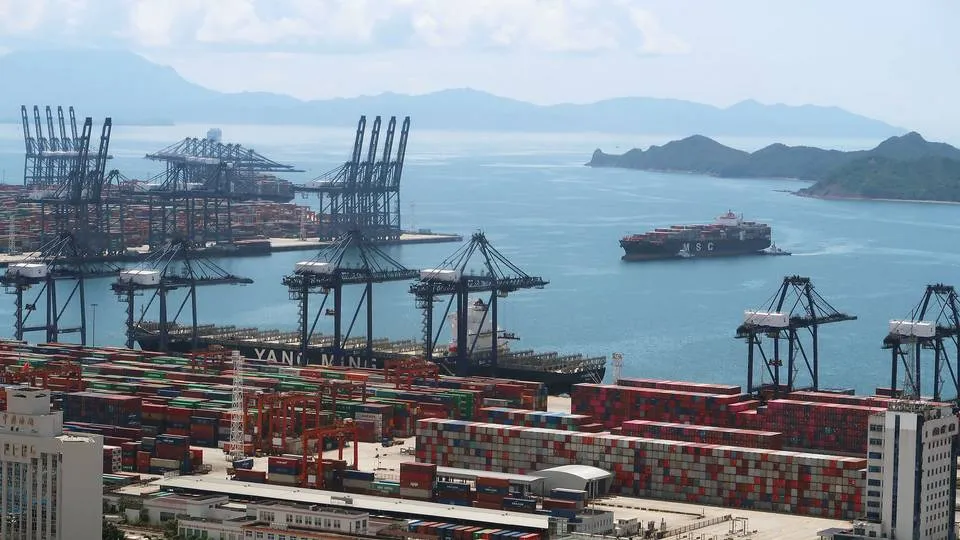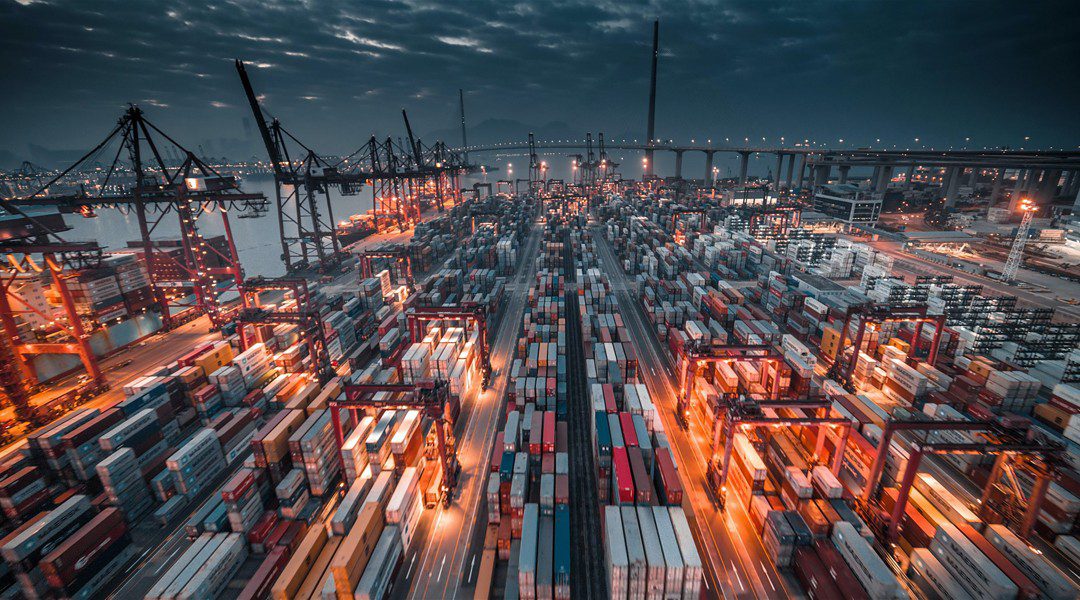
South China is struggling to contain a new Covid-19 outbreak in the Guangzhou region, centered around major port Yantian, where a shutdown is placing great strain on the already overheated container market.
The situation “significantly increases” the risk that the severe lack of capacity in the container market will continue into 2022, says Lars Jensen, analyst and CEO of Vespucci Maritime, to WPO.
The newly arisen bottlenecks in Chinese ports will lead to further delays and queues, which means that vessels can make fewer round trips than usual. In turn, there is a need for more vessels to transport all the cargo, he explains.
“At present, we’re at a stage where, in round terms, 10 percent of the global capacity has been withdrawn from the market. There is simply not enough capacity to move all the cargo that shippers want to transport. This problem will not be solved until the bottlenecks that are delaying the vessels are eliminated,” Jensen says.
the bottleneck situation will worsen rather than improve, and there is not much the shipping companies can do to mitigate the effect
Lars Jensen, analyst and CEO for Vespucci Maritime
“Currently, the development in China indicates that the bottleneck situation will worsen rather than improve, and there is not much the shipping companies can do to mitigate the effect.”
Repercussions to last another 2-3 quarters
Logistics company Kuehne+Nagel’s Executive VP for Sea Logistics, Otto Schacht, says that the repercussions will be felt in the market for at least another six to nine months.
“Whoever thought the global container shipping disruption caused by the westcoast terminal situation, followed by the Ever /Suez chaos, is improving, better look daily at the new delays in front of the port of Yantian,” writes Executive VP Schacht in a post on LinkedIn and adds that there are “vessels waiting for more then a week, this moment over 30, many will now be rerouted.”
The aftershocks will be felt all over the world, in every trade, and all this for at least another 2-3 quarters.
Otto Schacht, EVP, Sea Logistics at Kuehne + Nagel
“More disruption ahead of us, at times when shippers look for more equipment / space. The aftershocks will be felt all over the world, in every trade, and all this for at least another 2-3 quarters,” he writes.
The Kuehne+Nagel VP’s stance is in line with several other shippers expecting that the difficulties on the market will continue for quite some time.
“Unfortunately the situation in South China is not improving. Restrictions are now expanded in Guangzhou and also encompass Nansha which will result in increasing the congestion problems already happening in Yantian,” said Scan Global CEO Allan Melgaard to WPO last week.
This weekend, authorities introduced additional restrictions, yet all signs suggest that the situation continues to deteriorate.
“Sadly, the situation in South China doesn’t appear to be improving. The restrictions have been expanded to also cover Nansha now, which will increase the bottleneck issues already affecting Yantian,” writes Lars Jensen, analyst and CEO of Vespucci Maritime, in an update on LinkedIn.
Shipping companies such as Maersk, CMA CGM and MSC have already started to redirect vessels and significant delays are expected.
Negative effect on export
In its most recent update on the situation, Maersk wrote that the port is heavily congested and that the authorities are busy disinfecting the affected areas and implementing quarantine measures to contain the spread of Covid-19.
“We expect continued delays in the terminal and vessel delays upwards of 12 days in the week to come,” the company wrote last week.
The escalating shutdowns in South China, a crucial industrial hub, are also affecting the country’s exports.
China’s export has grown by almost 28 percent in May year-on-year, a slower pace than the 32.3 percent reported in April and much lower than the analysts’ expectations of export growth of 31.1 percent.
“Export surprised a bit on the downside, maybe due to the Covid cases in Guangdong province which slowed down the turnover in Shenzhen and Guangzhou ports,” says Zhiwei Zhang, chief economist at Pinpoint Asset Management, adding that revenue in the ports will likely remain low in June as well.
English Edit: Christoffer Østergaard
Maersk expects further delays after Covid-19 outbreak in major Chinese port
Customers predict container market normalization in 2022 at the earliest





